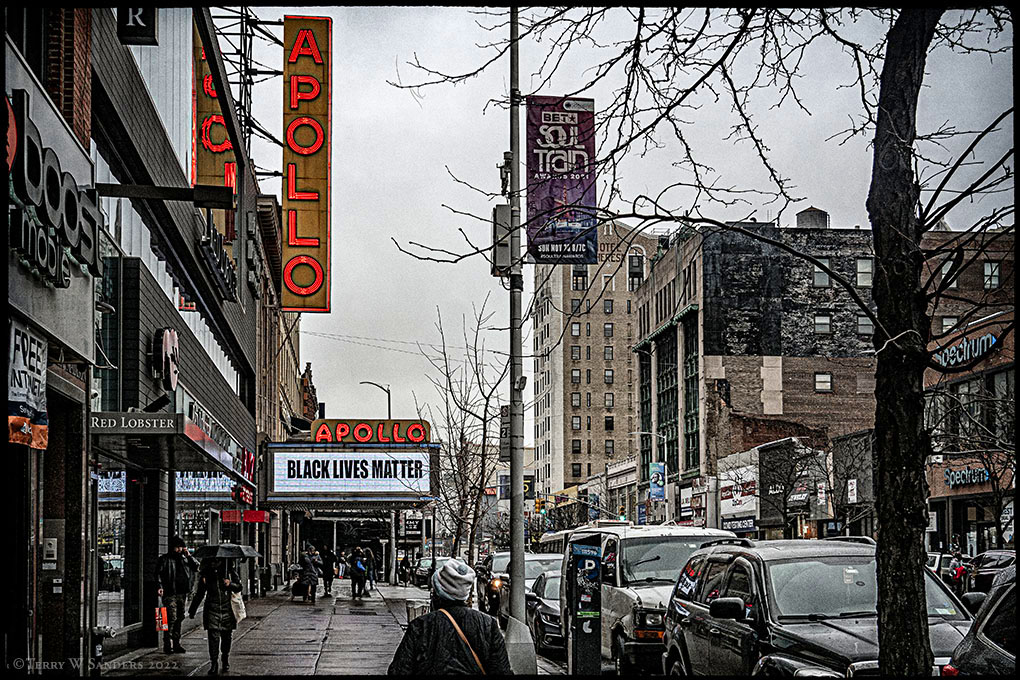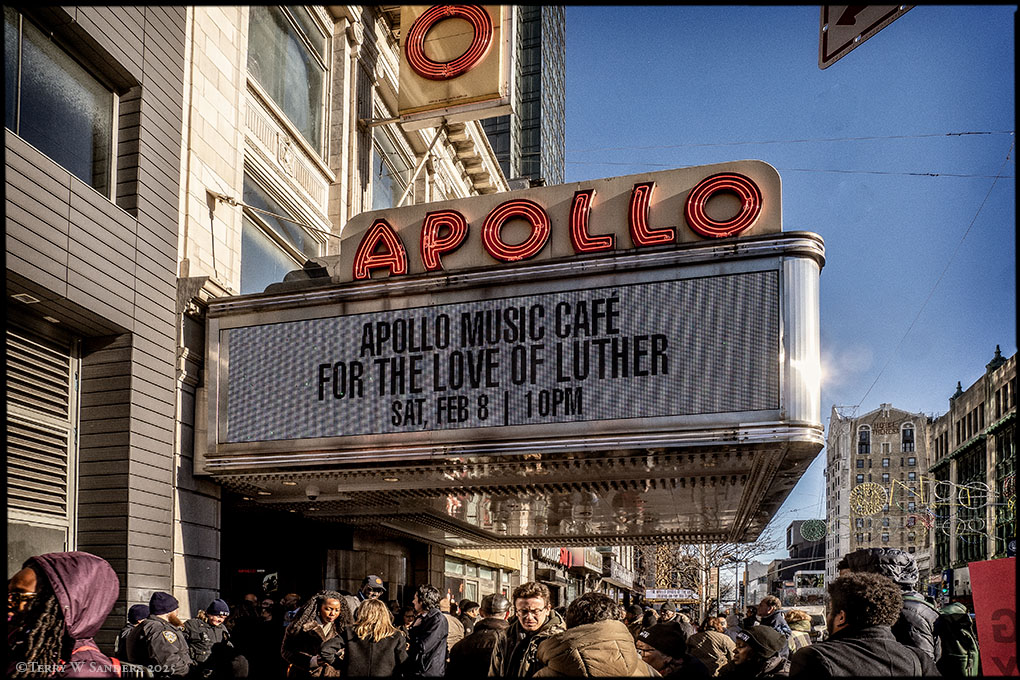Lights out, but only for a year. Harlem’s Apollo Theater, a universal symbol of Black culture and a crossroads for musical legends, has closed its doors to the public for a major renovation. This necessary pause aims to restore both splendor and modern functionality to a venue that has been the beating heart of the African American music scene for nearly a century.
But the show goes on. Audiences will still be able to experience the magic of the legendary venue at the nearby Victoria Theater. There, on the third and fourth floors, programs designed to celebrate and uplift Black artists will come to life, in line with the Apollo’s cultural and social mission.
The $65 million renovations will affect the entire structure, from the stage to HVAC systems, lighting, sound equipment, and restrooms. One of the most highly anticipated updates is a completely redesigned hall, featuring a café and bar open to the public daily, transforming the space into a true community hub beyond performance hours.
From a technical standpoint, the venue will be upgraded with new seating, improved sightlines, and optimized spaces for private events, TV productions, and commercial shoots.

Opened in 1934, the Apollo Theater has cemented its place in American history, launching the careers of legends like Ella Fitzgerald, James Brown, Aretha Franklin, and Lauryn Hill. It has long stood as a pillar of creativity and cultural energy in Harlem, a neighborhood where, in the past, racial segregation severely limited access to the city’s major cultural institutions.
In the pre-Civil Rights era, the neighborhood and the theater were already a vibrant center for what came to be known as the Harlem Renaissance—an artistic, literary, and musical movement that celebrated Black dignity, beauty, and identity.
In a deeply divided America, the Apollo stood as a place of recognition and celebration, playing a key role in spreading musical genres like jazz, soul, and hip-hop across the globe.
Over the decades, the theater has withstood economic crises, social upheaval, and even the threat of closure. It is now recognized as a National Historic Landmark, and today it is operated by a nonprofit foundation that safeguards its legacy and furthers its educational mission.










